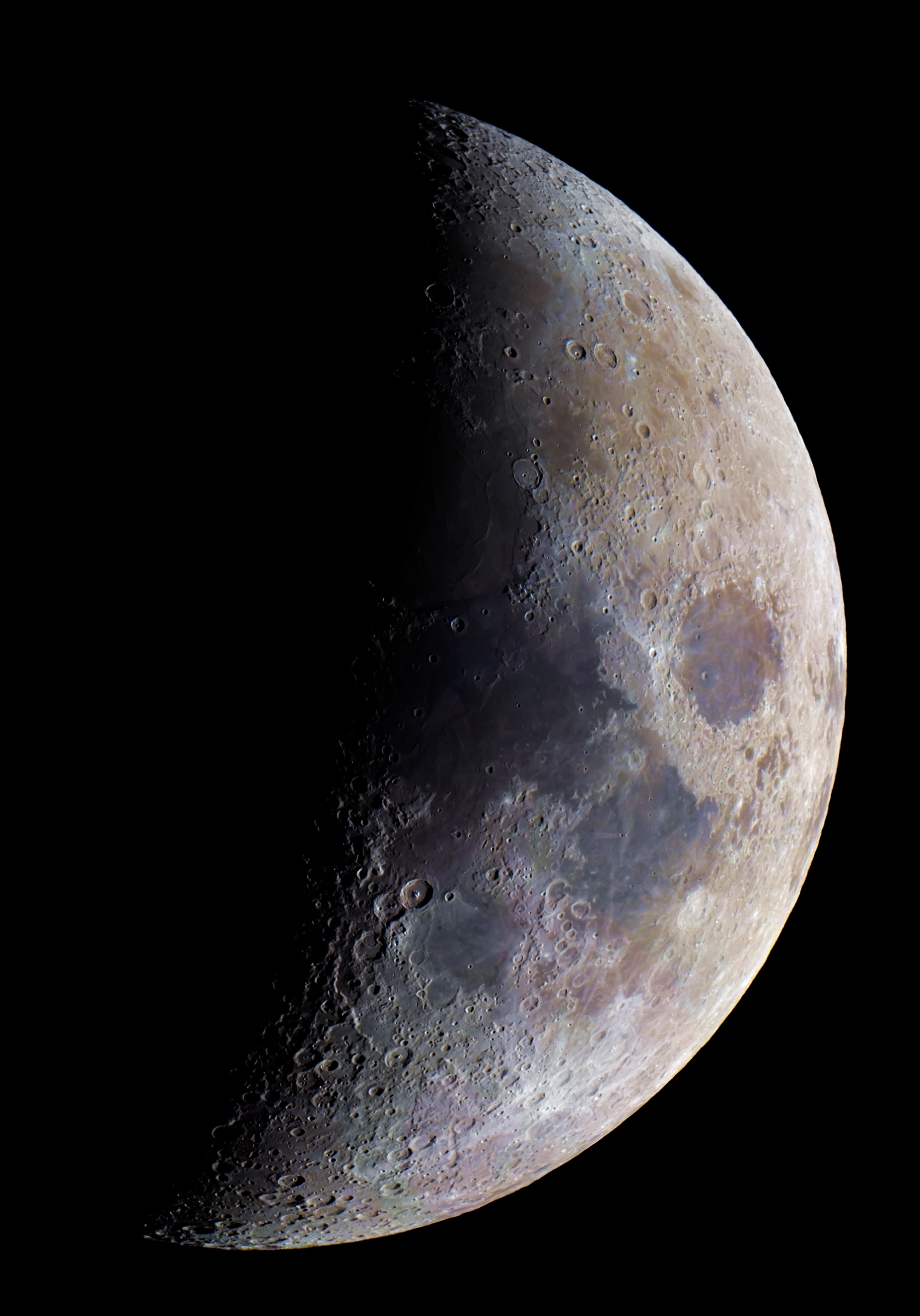

This is the best time of the month to observe faint objects such as galaxies and star clusters because there is no moonlight to interfere. The Moon will located on the same side of the Earth as the Sun and will not be visible in the night sky. Look for the planet low in the eastern sky just before sunrise. This is the best time to view Mercury since it will be at its highest point above the horizon in the morning sky. The planet Mercury reaches greatest western elongation of 26.3 degrees from the Sun. Since hunting is difficult, this moon has also been known by some tribes as the Hunger Moon, since the harsh weather made hunting difficult.įebruary 16 - Mercury at Greatest Western Elongation.
#Best telescope for astrophotography 2014 full
This full moon was known by early Native American tribes as the Snow Moon because the heaviest snows usually fell during this time of the year. The Moon will be located on the opposite side of the Earth as the Sun and its face will be will be fully illuminated. This is the best time of the month to observe faint objects such as galaxies and star clusters because there is no moonlight to interfere.įebruary 16 - Full Moon. This moon has also been know as the Old Moon and the Moon After Yule.įebruary 1 - New Moon.

This full moon was known by early Native American tribes as the Wolf Moon because this was the time of year when hungry wolf packs howled outside their camps.

Look for the planet low in the western sky just after sunset. This is the best time to view Mercury since it will be at its highest point above the horizon in the evening sky. The planet Mercury reaches greatest eastern elongation of 19.2 degrees from the Sun. January 7 - Mercury at Greatest Eastern Elongation. Meteors will radiate from the constellation Bootes, but can appear anywhere in the sky. Best viewing will be from a dark location after midnight. The thin, crescent moon will set early in the evening leaving dark skies for what should be an excellent show. It peaks this year on the night of the 3rd and morning of the 4th. The shower runs annually from January 1-5. It is thought to be produced by dust grains left behind by an extinct comet known as 2003 EH1, which was discovered in 2003. The Quadrantids is an above average shower, with up to 40 meteors per hour at its peak. January 3, 4 - Quadrantids Meteor Shower.


 0 kommentar(er)
0 kommentar(er)
